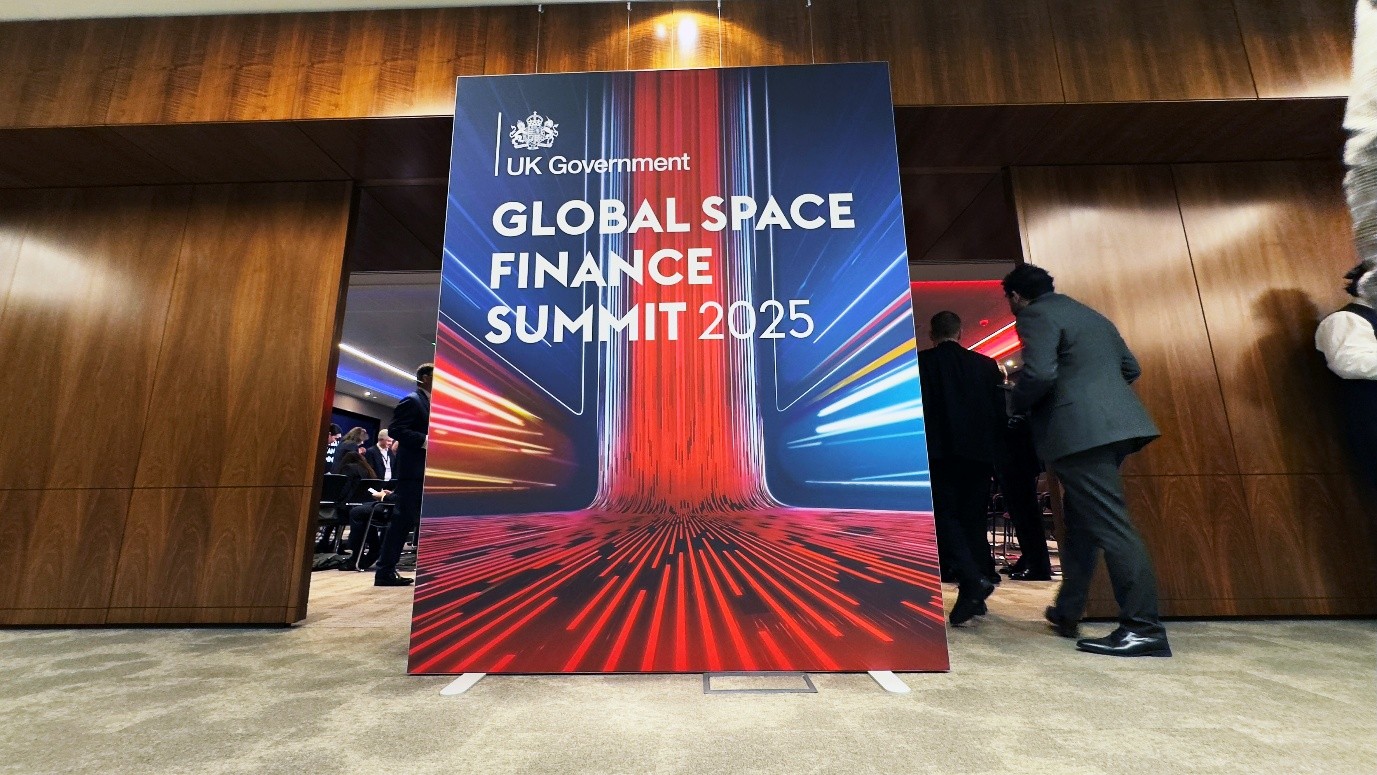Leonardo hosts UK-France space collaboration event

An international space collaboration between the UK and France has developed weather forecasting technology to set new standards of accuracy in weather prediction, providing global environmental benefits.
At its Southampton site yesterday, Leonardo officially handed over the first sensor payload for this collaboration, the Infrared Atmospheric Sounding Interferometer New Generation (IASI-NG) programme, which is a partnership between Leonardo, Airbus Defence & Space, the Centre National d’Etudes Spatiales and the UK Space Agency.
The IASI-NG programme forms a key part of the ongoing collaboration between CNES and the UK Space Agency, since the two countries signed the Brize Norton framework arrangement in 2014 which solidified their collaboration. Leonardo’s development of the sensors, which are manufactured in Southampton with funding from the two space agencies, has consolidated Leonardo’s long term international skills base in electronic engineering for the space industry. The delivery by Leonardo of the IASI-NG Infrared detectors is a major milestone achieved by the programme which has demonstrated that it can successfully turn future technology into reality.
In recent years, space cooperation between the UK and France has gone from strength to strength, notably in the fields of Earth observation and climate action.
The UK space industry generates more than a third of its income from international trade, with 40% of UK space exports by value going to France.
IASI-NG is a passive infrared sounder which has the capability to measure and analyse the temperature and water vapour profiles of the Earth’s atmosphere. In addition to this, IASI-NG has a huge potential to measure greenhouse gases, clouds, aerosols, ozone and trace gases, analysing the content of the Earth's atmosphere, in particular to detect pollutants and then follow them around the globe. The potential for using this technology to support future environmental science projects at an international level is enabled by the fact that the system is highly exportable and adaptable to a wide range of scenarios.
IASI-NG is the successor of the IASI (InfraRed Atmospheric Sounder Interferometer) instrument on board MetOp satellites. Thanks to the novel Airbus instrument design and the high performance of the Leonardo infrared detectors, IASI-NG will be able to offer improved spectral and radiometric performance, and its first flight is scheduled for 2022, aboard the EUMETSAT's next generation of polar-orbiting satellite MetOp-SG-A.
On a regional scale, IASI-NG will be able to improve ‘now casting’ and very short-range forecasts, through the provision of monitoring of atmospheric instability and cloud microphysical structure. This will particularly be useful for high latitudes where geostationary satellites have only sparse coverage.
Leonardo is also developing in Italy the 3MI (Multi-viewing, Multi-channel, Multi-polarisation Imager) instrument for the MetOp-SG programme. A passive visible and short-wave infrared radiometer, 3MI will provide an in-depth, remote study of the physical-chemical properties of the atmosphere and clouds, measuring the energy which is irradiated by the atmospheric surface in the surrounding space. Data from the 3MI instrument will also provide improved measurements of the air quality and will contribute to the enhancement of the present capabilities in long-term meteorological forecast.
A partner of ESA and EUMETSAT climate and environmental monitoring programmes since the beginning, Leonardo will continue to make a meaningful contribution to the long term future of Europe’s world-leading weather detection capabilities, developing the expertise of their people as part of a new era of aspirational space technology. Leonardo encourages young people to raise their ambitions to be part of the future of space technology, pursuing Science, Technology, Engineering and Maths (STEM) competences which are at the heart of programmes such as IASI-NG, 3MI and MetOp-SG.












